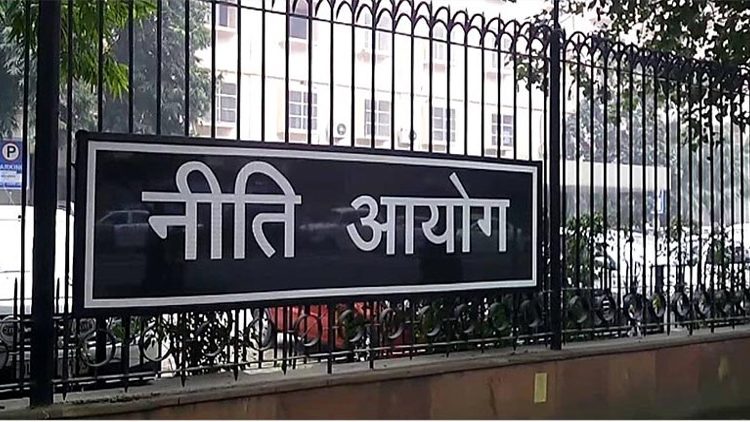Government will start consultations soon with Niti Aayog and Energy and Petroleum Ministries to bring down its equity holding below 51 per cent, including change of norms and modes of doing the stake dilution in very few select PSUs to begin with.
At the initial stage it will be 2-3 PSUs where government stake in these PSUs would be brought down to less than 51 per cent which would also require amendment to certain laws.
However, it will be very selective not more than three maximum in the current fiscal. These firms will then be out of oversight agencies like Central Vigilance Commission and Comptroller and Auditor General of India. Apart from this, there is sensitive issues such as reservation policy in PSUs need to be reworked as once the government cedes direct control, such policies may be diluted.
Department of Investment and Public Asset Management (Dipam) will issue inter-ministerial discussions and will chalk out methods and startegies of reducing the government’s 51 per cent stake in context of how much stake the other government entity in that PSU holds and the government can reduce its own direct stakes by that quantum, sources said.
Privatisation, startegic sales, minority sales of CPSEs have been activated to press the disinvestment button in the wake of the corporate tax cuts, which will trim government revenue by Rs 1.45 lakh crore in the ongoing financial year. This also raises questions of whether India will be able to achieve its fiscal deficit target for 2019-20.
Targetting big-ticket strategic sales, the government had announced a major shift in the budget in its disinvestment policy to allow it to reduce its stake to less than 51 per cent in state-run firms.
Government would realign its holding in CPSEs to permit greater availability of its shares and to improve depth of market. In some non-strategic companies we can go below 51 per cent irrespective of whether the government directly or indirectly holds a majority stake, said the official.
In her budget speech, Finance Minister Nirmala Sitharaman had said that strategic disinvestment of select CPSEs would remain a priority and that the government would offer more CPSEs for strategic participation by the private sector.
“The basic understanding is that we can go below 51 per cent on a case-to-case basis. How 51 per cent is to be calculated also has to be stated. Government has also decided to modify present policy of retaining 51 per cent stake inclusive of stake from government-controlled institutions. Large stake is held by public financial institutions or cross holdings, then that leaves very little float for people to come in. However, with this the float will be more.
The government is at present on the look-out to tap newer sources of revenue as it tries to address the country’s developmental needs. It has also had to sharply cut taxes to spur investments and push up growth which has slipped to a six year low.
In 2017-18, ONGC acquired the Centre’s 51 per cent stake in Hindustan PetroleumNSE 0.39 % for Rs 36,900 crore, and helped Dipam garner a record Rs 1 trillion in divestment proceeds. In 2018-19, Power Finance Corp acquired the Centre’s 52.63 per cent stake in Rural Electrification Corp for Rs 14,500 crore. For the current fiscal, the target for sell-off is Rs 1.05 lakh crore.


